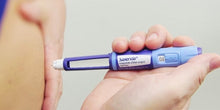
SAXENDA PEN (LIRAGLUTIDE) 3 MG GLP-1 RECEPTOR AGONISTS
Indications and Usage
What is Saxenda®?
Saxenda® (liraglutide) injection 3 mg is an injectable prescription medicine that may help some adults with excess weight (BMI ≥27) who also have weight-related medical problems or obesity (BMI ≥30) lose weight and keep the weight off. Saxenda® should be used with a reduced-calorie meal plan and increased physical activity
- Saxenda® is not for the treatment of type 2 diabetes
- Saxenda® and Victoza® have the same active ingredient, liraglutide, and should not be used together
- Saxenda® should not be used with other GLP-1 receptor agonist medicines
- Saxenda® and insulin should not be used together
- It is not known if Saxenda® is safe and effective when taken with other prescription, over-the-counter, or herbal weight-loss products
- It is not known if Saxenda® changes your risk of heart problems or stroke or of death due to heart problems or stroke
- It is not known if Saxenda® can be used safely in people who have had pancreatitis
- It is not known if Saxenda® is safe and effective in children under 18 years of age. Saxenda® is not recommended for use in children
Important Safety Information
What is the most important information I should know about Saxenda®?
Serious side effects may happen in people who take Saxenda®, including:
Possible thyroid tumors, including cancer. Tell your health care professional if you get a lump or swelling in your neck, hoarseness, trouble swallowing, or shortness of breath. These may be symptoms of thyroid cancer. In studies with rats and mice, Saxenda® and medicines that work like Saxenda® caused thyroid tumors, including thyroid cancer. It is not known if Saxenda® will cause thyroid tumors or a type of thyroid cancer called medullary thyroid carcinoma (MTC) in people.
Do not use Saxenda® if you or any of your family have ever had MTC, or if you have an endocrine system condition called Multiple Endocrine Neoplasia syndrome type 2 (MEN 2).
Who should not use Saxenda®?
Do not use Saxenda® if:
- you or any of your family have a history of MTC
- you have MEN 2. This is a disease where people have tumors in more than one gland in their body
- you are allergic to liraglutide or any of the ingredients in Saxenda®. Symptoms of a serious allergic reaction may include: swelling of your face, lips, tongue, or throat, fainting or feeling dizzy, very rapid heartbeat, problems breathing or swallowing, and severe rash or itching
Talk with your health care provider if you are not sure if you are pregnant or planning to become pregnant. Saxenda® may harm your unborn baby
Before taking Saxenda®, tell your health care provider about all of your medical conditions, including if you:
- have any of the conditions listed in the section “What is the most important information I should know about Saxenda®?”
- are taking certain medications called GLP-1 receptor agonists
- are allergic to liraglutide or any of the other ingredients in Saxenda®
- have severe problems with your stomach, such as slowed emptying of your stomach (gastroparesis) or problems with digesting food
- have or have had problems with your pancreas, kidneys or liver
- have or have had depression or suicidal thoughts
- are pregnant or plan to become pregnant. Saxenda® may harm your unborn baby. Tell your health care provider if you become pregnant while taking Saxenda®. If you are pregnant you should stop using Saxenda®
- are breastfeeding or plan to breastfeed. It is not known if Saxenda® passes into your breast milk. You and your health care provider should decide if you will take Saxenda® or breastfeed. You should not do both without talking with your health care provider first
Tell your health care provider about all the medicines you take, including prescription and over-the-counter medicines, vitamins, and herbal supplements. Saxenda® slows stomach emptying and can affect medicines that need to pass through the stomach quickly. Saxenda® may affect the way some medicines work and some other medicines may affect the way Saxenda® works. Tell your health care provider if you take diabetes medicines, especially sulfonylurea medicines or insulin.
How should I use Saxenda®?
- Inject your dose of Saxenda® under the skin (subcutaneous injection) in your stomach area (abdomen), upper leg (thigh), or upper arm, as instructed by your health care provider. Do not inject into a vein or muscle
- Never share your Saxenda® pen or needles with another person. You may give an infection to them, or get an infection from them
What are the possible side effects of Saxenda®?
Saxenda® may cause serious side effects, including:
- possible thyroid tumors, including cancer
- inflammation of the pancreas (pancreatitis). Stop using Saxenda® and call your healthcare provider right away if you have severe pain in your stomach area (abdomen) that will not go away, with or without vomiting. You may feel the pain from your abdomen to your back
- gallbladder problems. Saxenda® may cause gallbladder problems, including gallstones. Some gallbladder problems need surgery. Call your health care provider if you have any of the following symptoms: pain in your upper stomach (abdomen), fever, yellowing of your skin or eyes (jaundice), and clay-colored stools
- low blood sugar (hypoglycemia) in people with type 2 diabetes who also take medicines to treat type 2 diabetes. Saxenda® can cause low blood sugar in people with type 2 diabetes who also take medicines used to treat type 2 diabetes (such as sulfonylureas). In some people, the blood sugar may get so low that they need another person to help them. If you take a sulfonylurea medicine, the dose may need to be lowered while you use Saxenda®. Signs and symptoms of low blood sugar may include: shakiness, sweating, headache, drowsiness, weakness, dizziness, confusion, irritability, hunger, fast heartbeat, and feeling jittery. You should check your blood sugar before you start taking Saxenda® and while you take Saxenda®
- increased heart rate. Saxenda® can increase your heart rate while you are at rest. Your health care provider should check your heart rate while you take Saxenda®. Tell your health care professional if you feel your heart racing or pounding in your chest and it lasts for several minutes when taking Saxenda®
- kidney problems (kidney failure). Saxenda® may cause nausea, vomiting, or diarrhea leading to loss of fluids (dehydration). Dehydration may cause kidney failure, which can lead to the need for dialysis. This can happen in people who have never had kidney problems before. Drinking plenty of fluids may reduce your chance of dehydration. Call your health care provider right away if you have nausea, vomiting, or diarrhea that does not go away, or if you cannot drink liquids by mouth
- serious allergic reactions. Serious allergic reactions can happen with Saxenda®. Stop using Saxenda® and get medical help right away if you have any symptoms of a serious allergic reaction
- depression or thoughts of suicide. You should pay attention to any mental changes, especially sudden changes, in your mood, behaviors, thoughts, or feelings. Call your health care provider right away if you have any mental changes that are new, worse, or worry you
Common side effects of Saxenda® include nausea, diarrhea, constipation, headache, vomiting, low blood sugar (hypoglycemia), decreased appetite, upset stomach, tiredness, dizziness, stomach pain, and changes in enzyme (lipase) levels in your blood. Nausea is most common when first starting Saxenda®, but decreases over time in most people as their body gets used to the medicine. Tell your health care professional if you have any side effect that bothers you or that does not go away.
Condition: New
PRESENTATION: 1 PEN (effective approx. 15 days)
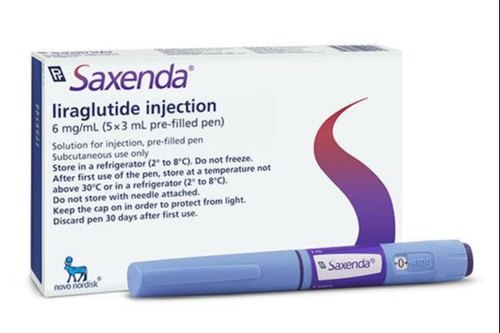
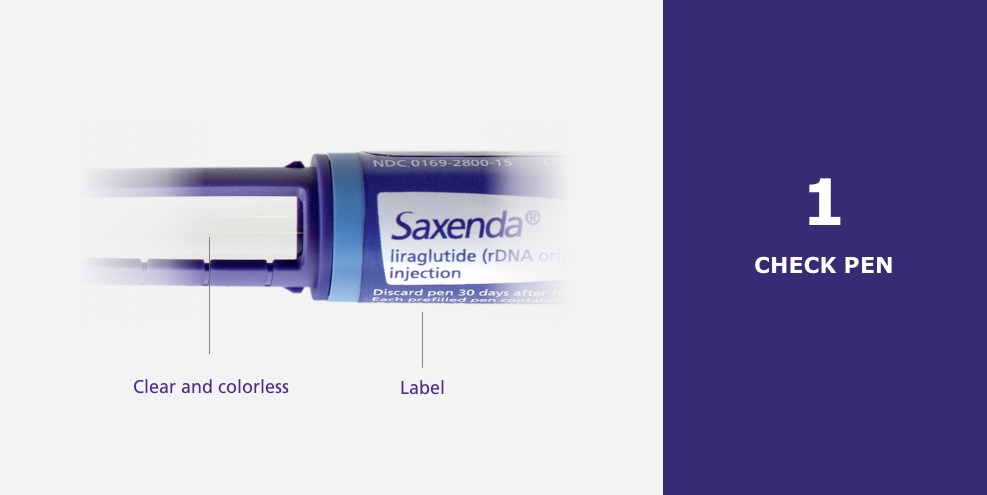
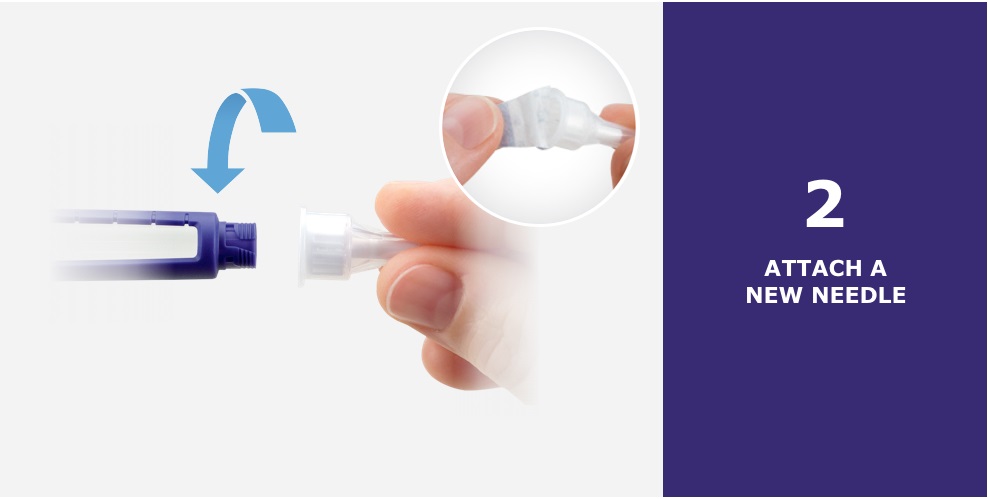
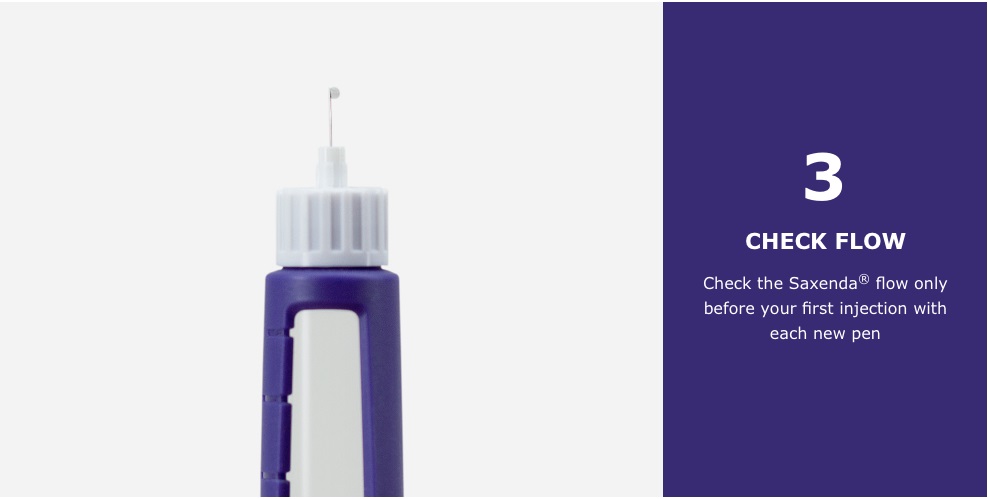

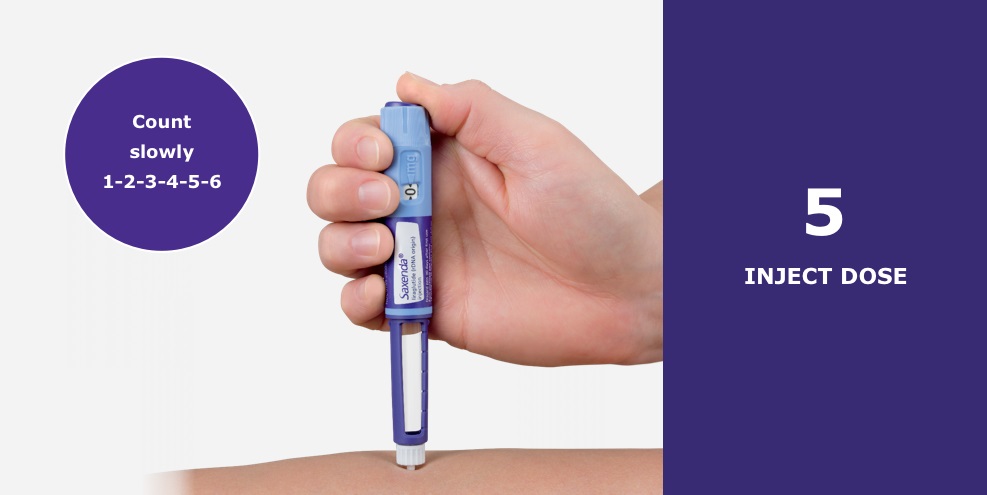
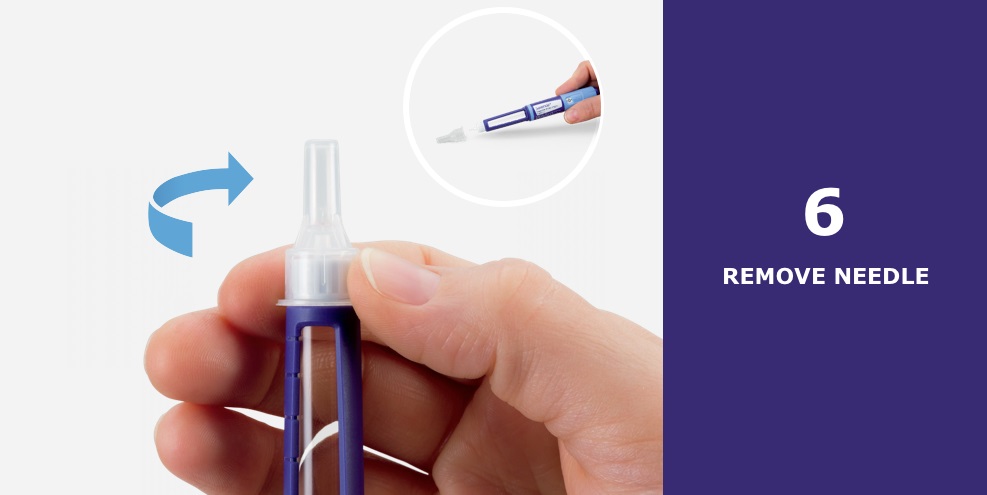
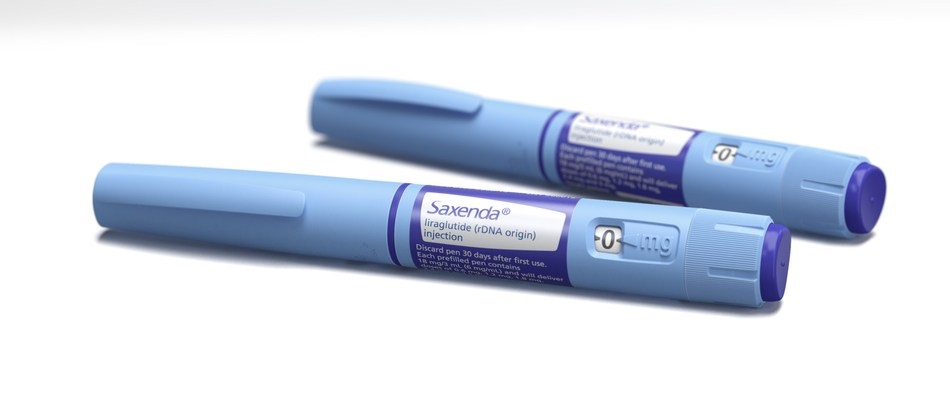
You can contact us directly. Whatapp id = +66922892919 It is very important. I will discount to you.
If you need more products, please tell me.
We create invoice send to you on paypal. You can payment. I will ship to you. Sure you receive product. If you not receive. Ship again. Or refund.
Thank you very much.






